Webb Telescope Reveals Atmosphere Composition of Hot Sub-Neptune Exoplanet TOI-421 b
NASA's James Webb Space Telescope has observed the hot sub-Neptune exoplanet TOI-421 b, revealing a clear atmosphere with water vapor and other gases, contrasting with the hazy atmospheres typically observed in cooler sub-Neptunes. The discovery challenges existing theories about sub-Neptune formation and composition, particularly the role of methane in haze formation, and suggests TOI-421 b may have a unique evolutionary path.
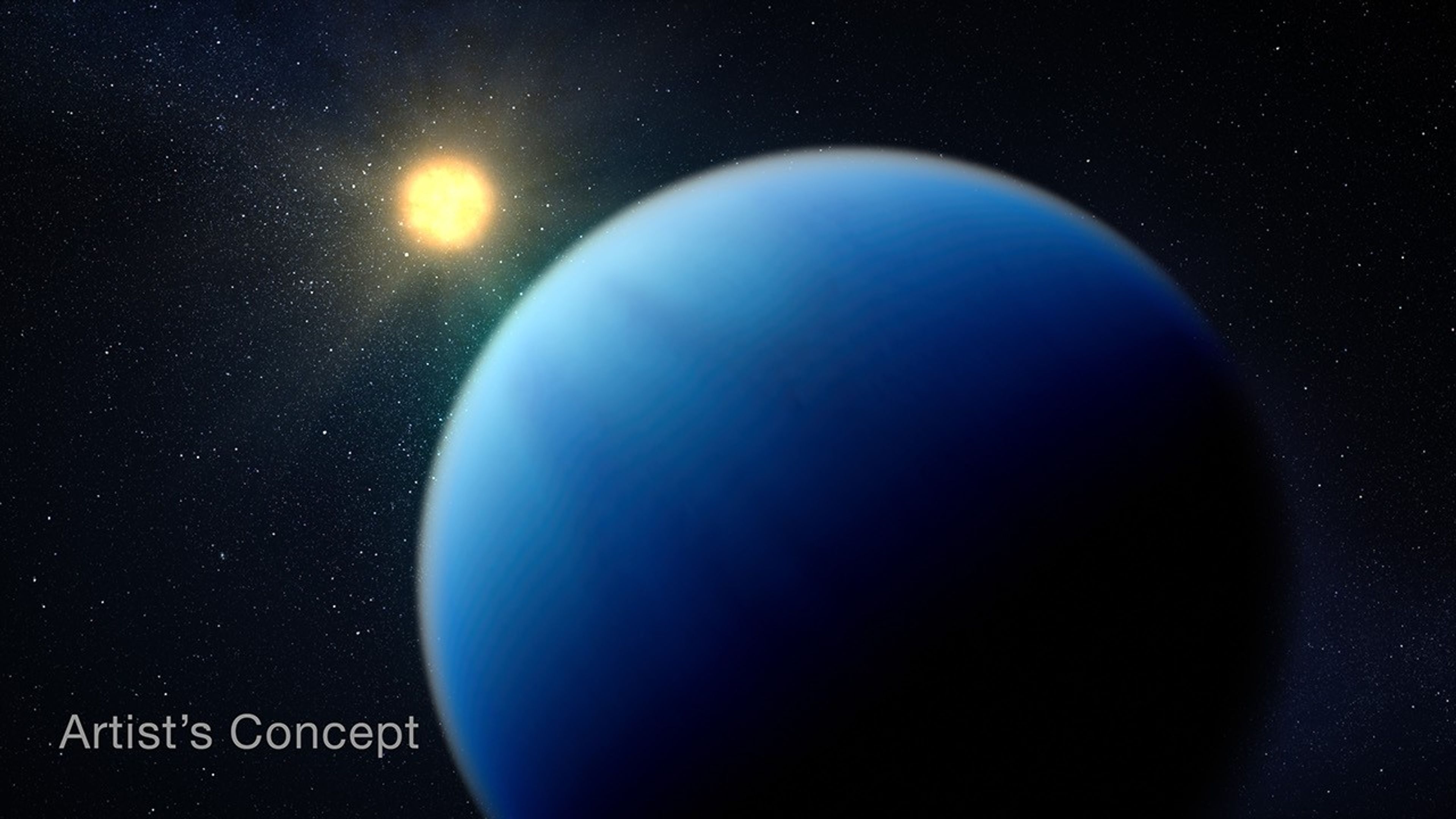
 NASA Science (.gov)
NASA Science (.gov)
 Universe Today
Universe Today
 Tech Explorist
Tech Explorist
Chandrayaan-3 Reveals Ancient Lunar Mantle Clues at Shiv Shakti Point
Chandrayaan-3's Pragyan rover has uncovered evidence suggesting the presence of primitive lunar mantle materials at the Shiv Shakti Point. The discovery, based on data from the Alpha Particle X-ray Spectrometer, reveals anomalous levels of sodium, potassium, and sulfur, offering insights into the Moon's volatile history and interior composition. This finding challenges previous assumptions and provides valuable data for future lunar exploration and resource utilization.

 Space
Space
 The Indian Express
The Indian Express
 India Today
India Today
 Business Today
Business Today
Magnetar Flares: A New Cosmic Source of Gold and Heavy Elements Discovered
Recent studies suggest that magnetar giant flares could contribute significantly to the production of heavy elements like gold, platinum, and uranium in the universe. These flares, occurring on highly magnetized neutron stars, eject material that cools and forms heavier elements. This discovery offers an alternative explanation to neutron star mergers for the origin of these elements, especially in the early universe, and could account for up to 10% of such elements in the Milky Way.
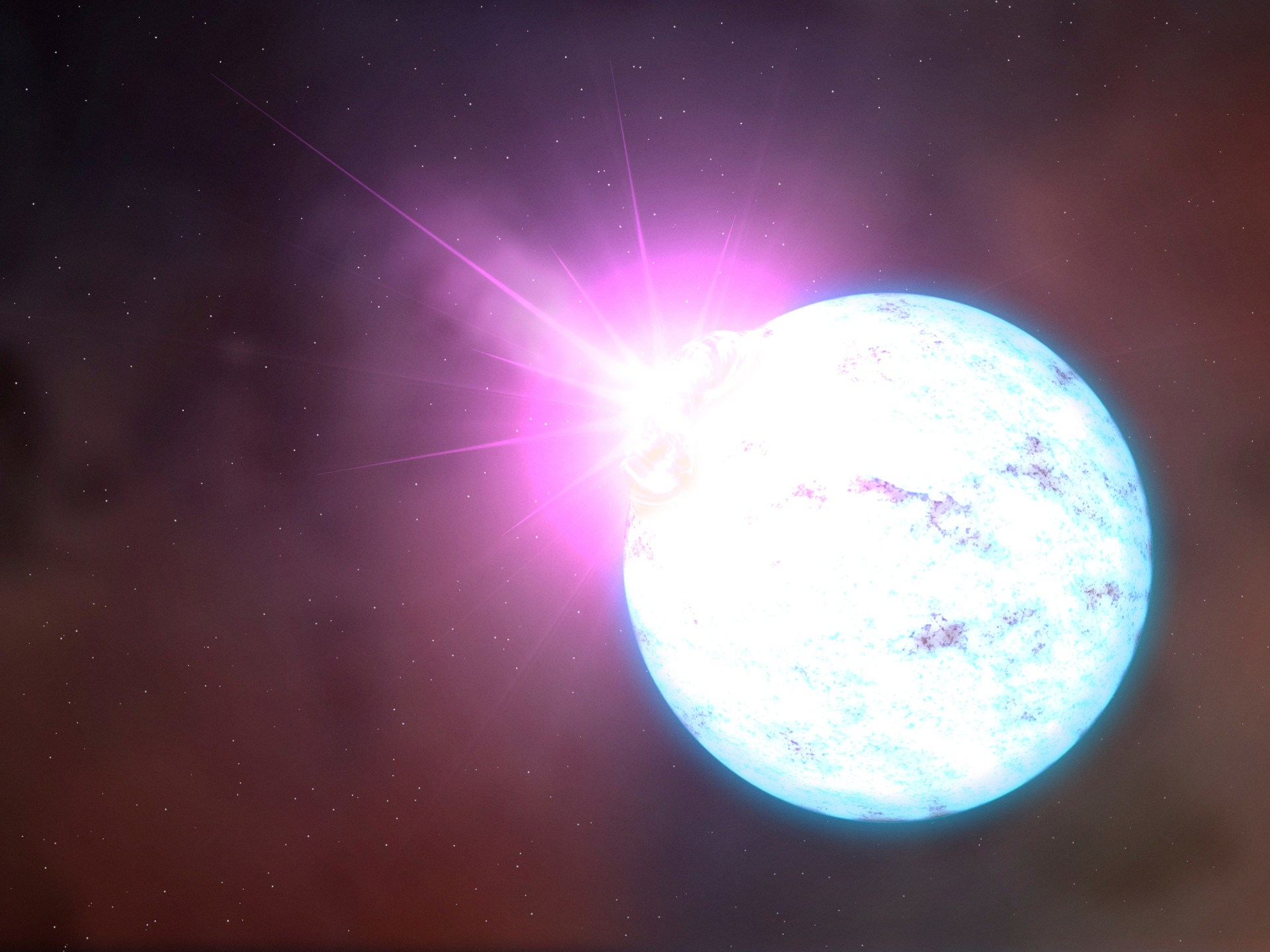
 Al Jazeera
Al Jazeera
 The Washington Post
The Washington Post
 CNN
CNN
 Earth.com
Earth.com
Magnetar Flares: New Source of Gold and Heavy Elements Discovered in Space
A new study reveals that magnetar flares, powerful eruptions from highly magnetized neutron stars, are a significant source of heavy elements like gold, platinum, and uranium in the universe. This discovery challenges previous assumptions that neutron star mergers were the primary origin of these elements, particularly in the early universe. The research analyzes archival data and predicts future observations to confirm the findings.
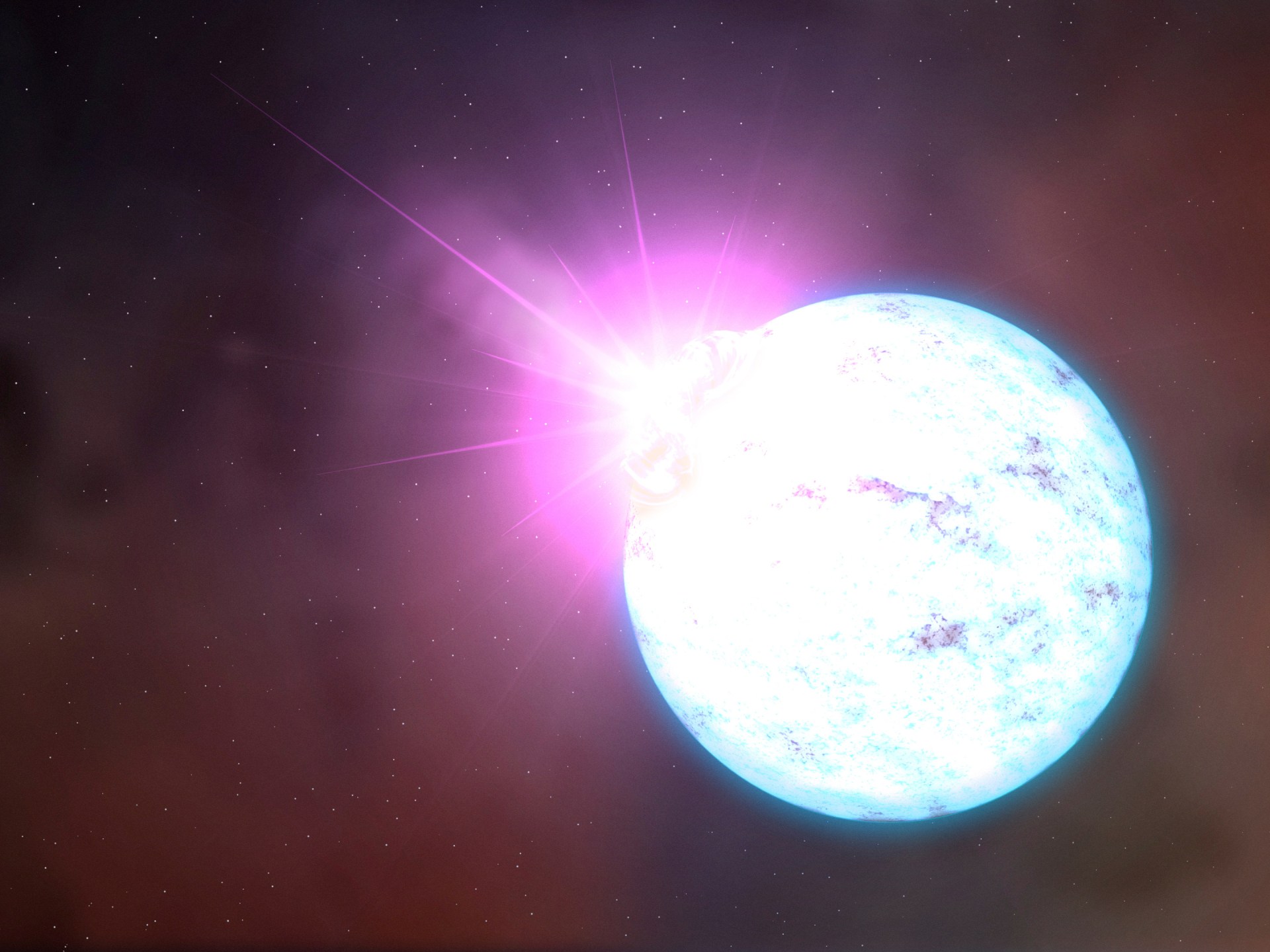
 Al Jazeera
Al Jazeera
 The Washington Post
The Washington Post
 Sky & Telescope
Sky & Telescope
 Earth.com
Earth.com
Starbase, Texas: SpaceX Rocket Launch Site Becomes Official City After Local Vote
Starbase, Texas, the location of SpaceX's rocket launch site, has officially become a city after a vote by its residents. The incorporation grants SpaceX greater control over the area, sparking concerns about beach access, environmental impacts, and the influence of a company town. The vote results were overwhelmingly in favor of incorporation, and SpaceX employees were elected to run the city.

 PBS
PBS
 The New York Times
The New York Times
 CNBC
CNBC
 The Texas Tribune
The Texas Tribune
Starbase, Texas: Elon Musk's SpaceX Launch Site Officially Becomes a City
Boca Chica Village, home to SpaceX's launch facilities, has been officially incorporated as the city of Starbase, Texas, following a local election with overwhelming support from residents, many of whom are SpaceX employees. The move grants the city control over local issues but raises concerns about environmental impact and access to Boca Chica Beach.

 AP News
AP News
 BBC
BBC
 NDTV
NDTV
 WSJ
WSJ
Daniel K. Inouye Solar Telescope Captures Detailed Sunspot Image, Solar Orbiter Releases Wide View
The Daniel K. Inouye Solar Telescope in Hawaii has captured a detailed image of sunspots using its new Visible Tunable Filter (VTF), with scientists hoping it will aid in predicting solar storms. Concurrently, the Solar Orbiter, a joint ESA and NASA mission, has released the widest high-resolution view of the Sun, showcasing the corona in ultraviolet light. These advancements promise a deeper understanding of solar activity and its impact on Earth.

 Diario AS
Diario AS
 NPR
NPR
 CNN
CNN
 European Space Agency
European Space Agency
Aurora Borealis Forecast: Several U.S. States May Witness Northern Lights
Several U.S. states, primarily along the northern border, have a chance to see the Northern Lights due to increased geomagnetic activity. The NOAA forecasts varying levels of auroral activity over the weekend. The best viewing times are between 10 PM and 2 AM local time in areas with minimal light pollution. Solar activity is expected to remain high through 2025 and 2026.
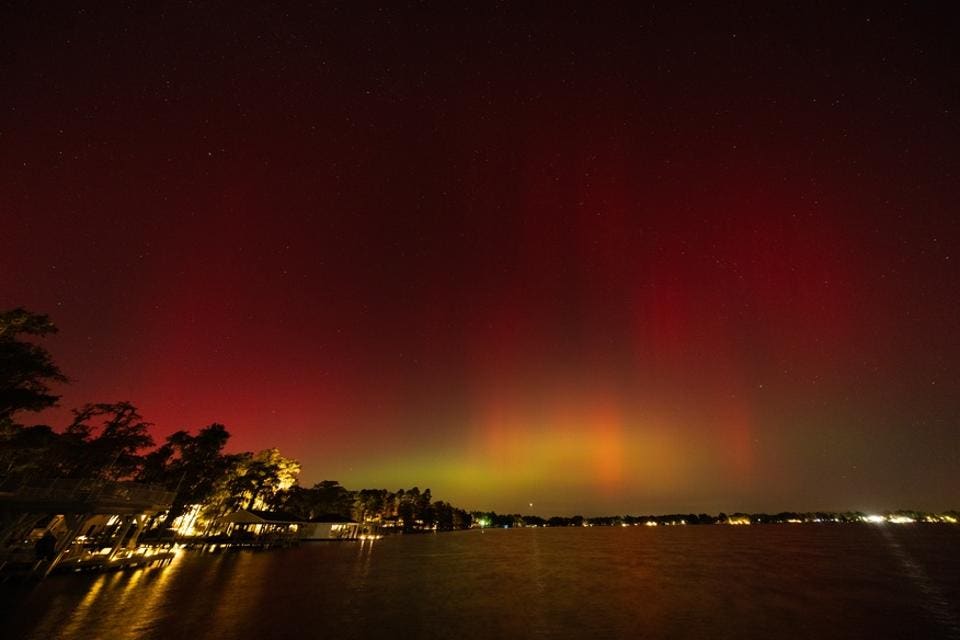
 Forbes
Forbes
 Forbes
Forbes
 MSN
MSN
 Forbes
Forbes
SpaceX Launches Starlink Satellites from Florida and Vandenberg, Adjusts Launch Schedule
SpaceX is actively expanding its Starlink constellation with multiple launches from both Florida and Vandenberg Space Force Base. Recent launches include a Falcon 9 carrying Starlink satellites. The company is adjusting launch schedules due to weather conditions. One launch will deploy V2 Mini Optimized satellites, which are lighter than previous versions.
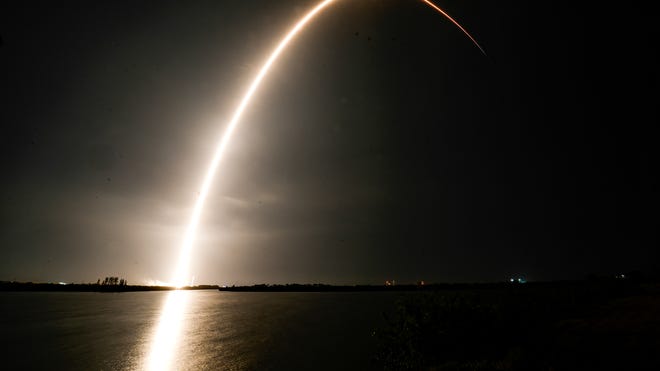
 Spaceflight Now
Spaceflight Now
 Florida Today
Florida Today
 KSBY News
KSBY News
 Space
Space
Exoplanet K2-18b: Dimethyl Sulfide Detection Sparks Debate on Alien Life
The James Webb Space Telescope detected dimethyl sulfide (DMS) in the atmosphere of exoplanet K2-18b, arousing excitement about potential extraterrestrial life. Scientists caution that the findings are preliminary and require further investigation, as abiotic sources could also produce DMS. The discovery highlights technological advances in exoplanet research.
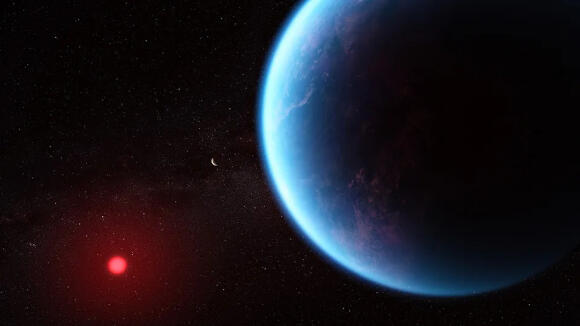
 Ynetnews
Ynetnews
 Big Think
Big Think
 Yahoo
Yahoo
 Sky & Telescope
Sky & Telescope
Astrophotographer Captures Stunning Moon and Jupiter Display Over Ancient Lake Ohrid
Photographer Riste Spiroski captured a mesmerizing image of the crescent moon and Jupiter above Lake Ohrid, one of Europe's oldest lakes, in North Macedonia. The photo, taken during the blue hour, features the celestial bodies reflected on the lake's surface, with swans swimming below, blending astronomy, nature, and humanity.
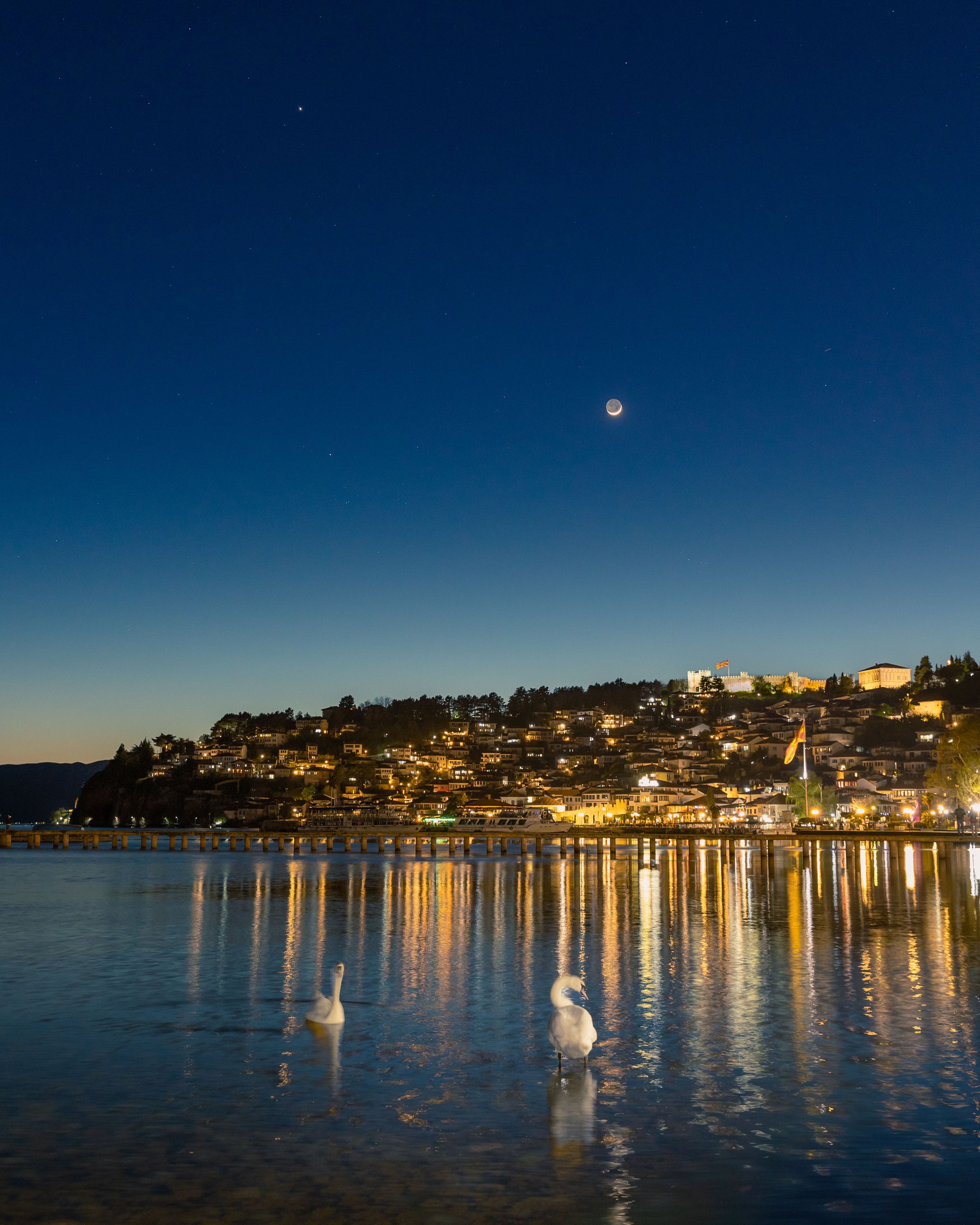
 Space
Space
Hercules-Corona Borealis Great Wall: Largest Cosmic Structure May Be Even Larger
Recent findings indicate that the Hercules-Corona Borealis Great Wall, a massive structure in the universe, might extend to 15 billion light-years, significantly surpassing earlier estimates of 10 billion light-years. This challenges the cosmological principle, which assumes the universe is homogeneous on large scales. The discovery relies on analyzing gamma-ray bursts and raises questions about the universe's evolution and the distribution of matter.
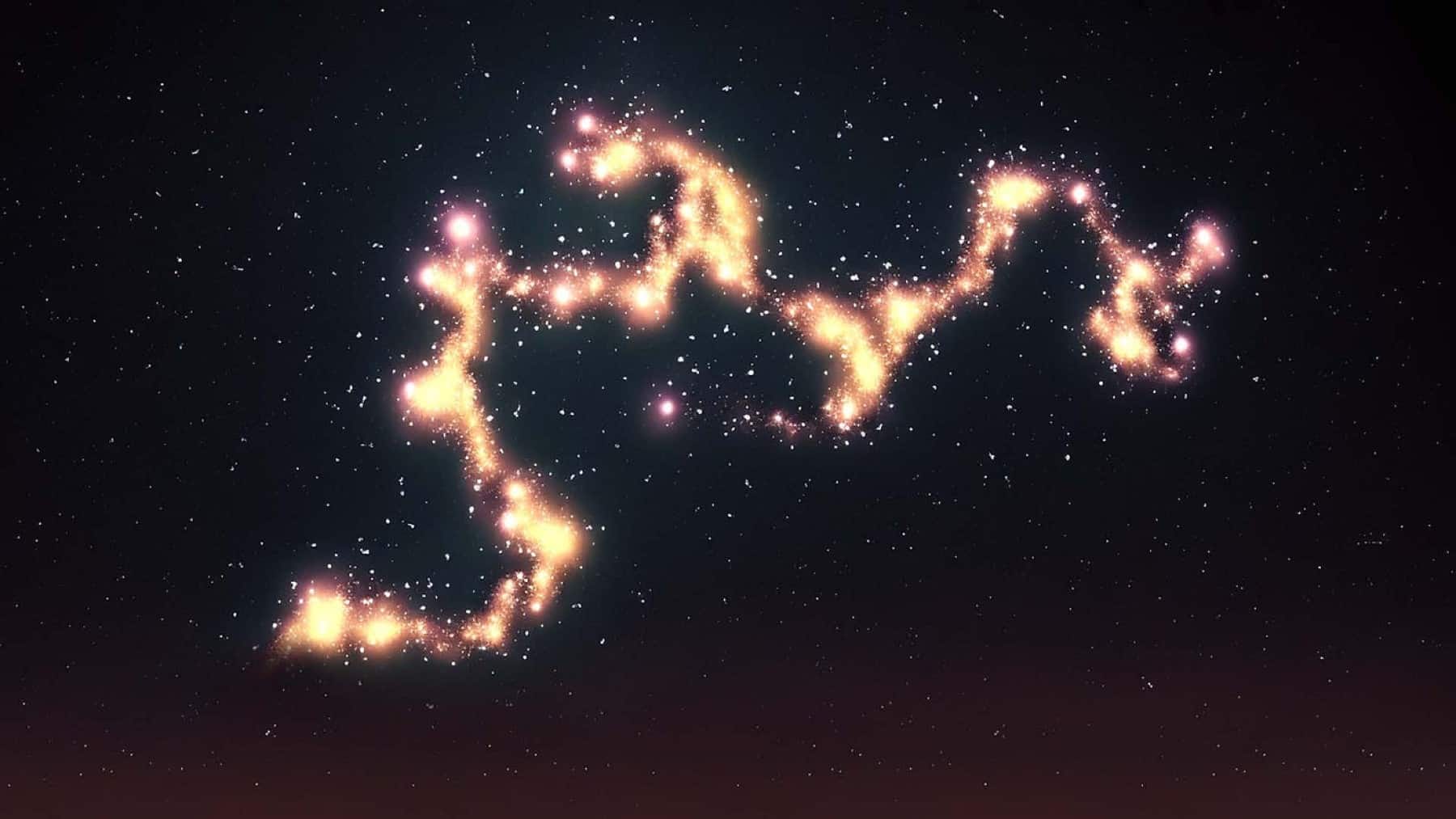
 ECOticias.com El Periódico Verde
ECOticias.com El Periódico Verde
 BBC
BBC
 ScienceAlert
ScienceAlert
 Techno-Science.net
Techno-Science.net
Infrasound Tech Enhances Planetary Defense: Tracking Space Debris and Meteors
Sandia Labs scientist Elizabeth Silber is using infrasound technology to improve the tracking of space debris and meteors. Her research, presented at the European Geophysical Union General Assembly 2025, demonstrates how infrasound sensors can be used to calculate entry angles and locations of incoming objects, improving planetary defense efforts.
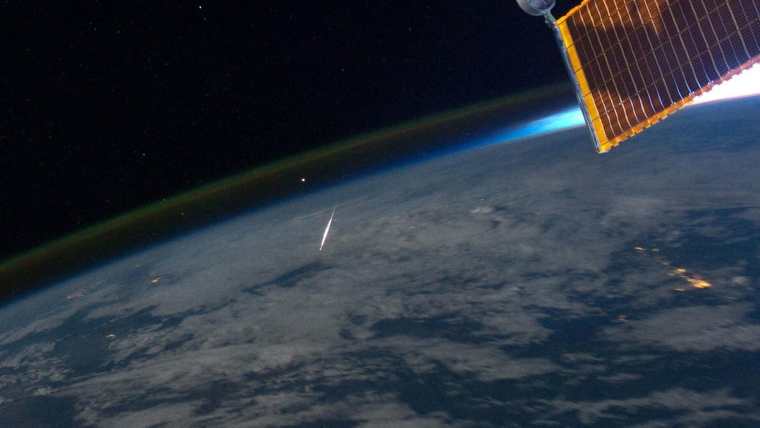
 The Debrief
The Debrief
Eta Aquarid Meteor Shower Peaks: Halley's Comet Debris Lights Up Night Sky
The Eta Aquarid meteor shower, originating from Halley's Comet debris, is set to peak in early May 2025. Viewers in the Southern Hemisphere have optimal viewing conditions, with up to 50 meteors per hour possible. The shower is active from late April to late May, and the best time to view is in the pre-dawn hours. Moonlight may reduce visibility.
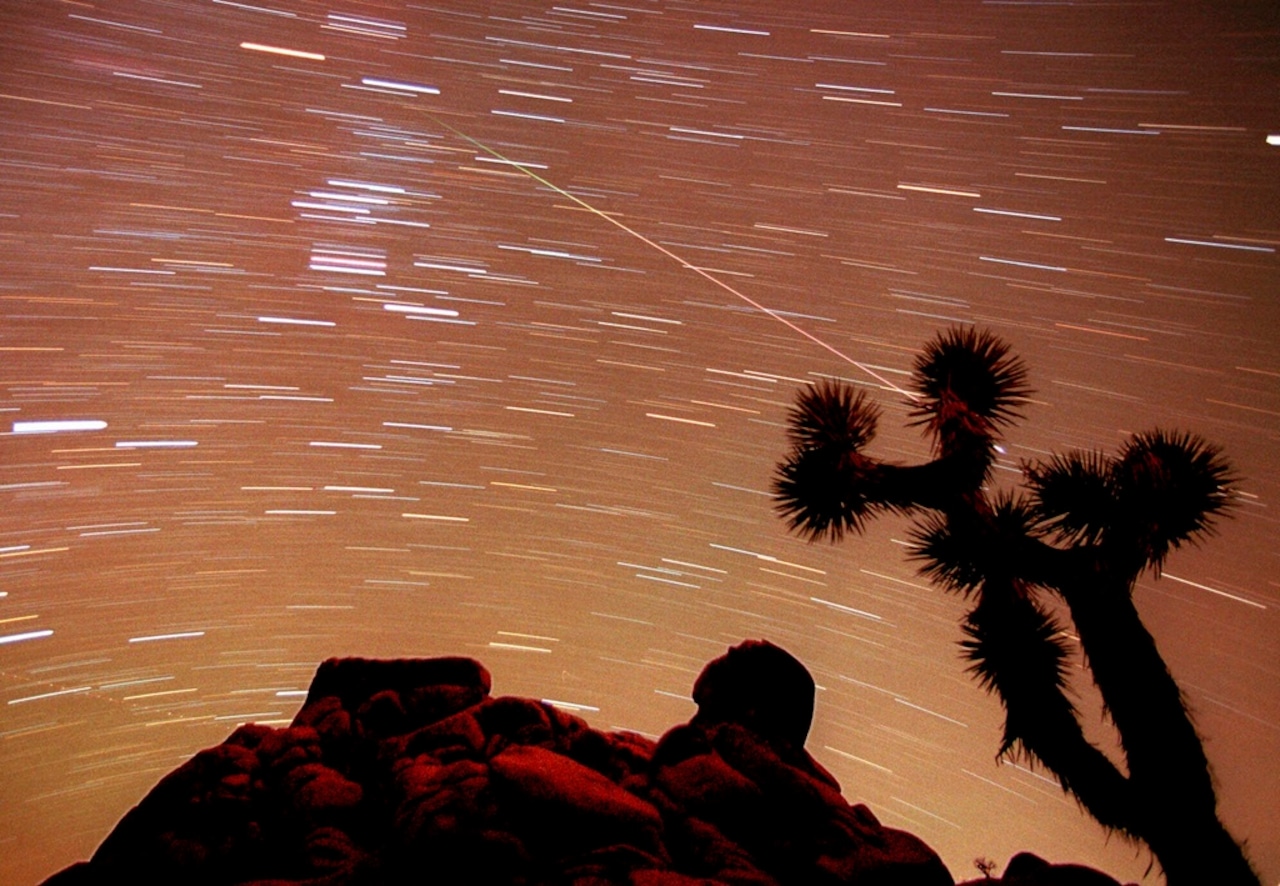
 OregonLive.com
OregonLive.com
 CNN
CNN
 American Meteor Society
American Meteor Society
 Space
Space
Defunct Soviet Venus Probe Kosmos 482 Set to Re-enter Earth's Atmosphere in May 2025
The Kosmos 482, a failed Soviet Venus probe launched in 1972, is predicted to re-enter Earth's atmosphere around May 2025. Stranded in orbit due to a rocket malfunction, the probe's descent module, designed to withstand Venus's atmosphere, may largely survive re-entry. Experts estimate its impact speed to be around 150 mph, with the landing location potentially anywhere between 52 degrees North and South latitude.
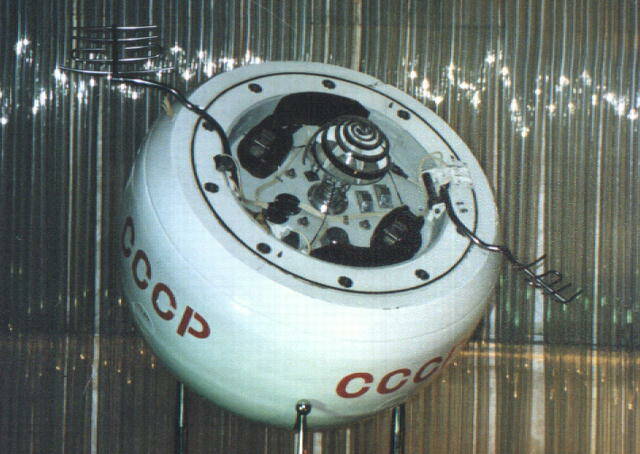
 theregister.com
theregister.com
 Space
Space
 Live Science
Live Science
 People.com
People.com
NASA's Curiosity Rover Shares Clearest Mars Images, Sparks Online Comparisons
NASA's Curiosity rover captured a detailed 360-degree panorama of Mars' Bagnold Dune Field in 2015. The images, recently resurfaced online, have sparked widespread interest and comparisons with Earth-based technology. The panorama provides insights into Martian geology, wind patterns, and surface behavior, contributing to NASA's ongoing Mars exploration efforts.

 The Daily Galaxy
The Daily Galaxy
Physicists Create 'Black Hole Bomb' Analog in Lab, Validating Theory
Researchers have built a lab-based analog of a 'black hole bomb,' validating a theoretical concept proposed decades ago. The experiment, involving a rotating cylinder and magnetic fields, demonstrates the amplification of energy similar to what's theorized to occur near spinning black holes. This breakthrough furthers understanding of black hole physics and related astrophysical phenomena.

 Yahoo
Yahoo
 Live Science
Live Science
 ScienceAlert
ScienceAlert
 Wion
Wion
Scientists Identify Potential Flaw That Could Lead to Universe's Demise
The article discusses the possibility of the universe ending due to a phenomenon called false vacuum decay, triggered by instability in quantum fields like the Higgs field. This decay would create a 'cosmological bubble' that expands throughout the universe, altering the laws of physics and rendering life impossible. The event is predicted to occur far in the future.

 Wion
Wion
Lunar Fragments May Be Orbiting Earth: Research Suggests Hidden Population of Minimoons
Recent research suggests that the minimoon 2024 PT5 could be a fragment of the Moon, ejected during a past impact event. This discovery indicates a potential population of lunar fragments orbiting Earth. Scientists analyzed 2024 PT5's composition, finding similarities to lunar rocks brought back by Apollo and Luna missions. They aim to trace the fragment back to its source crater, furthering our understanding of planetary impacts.
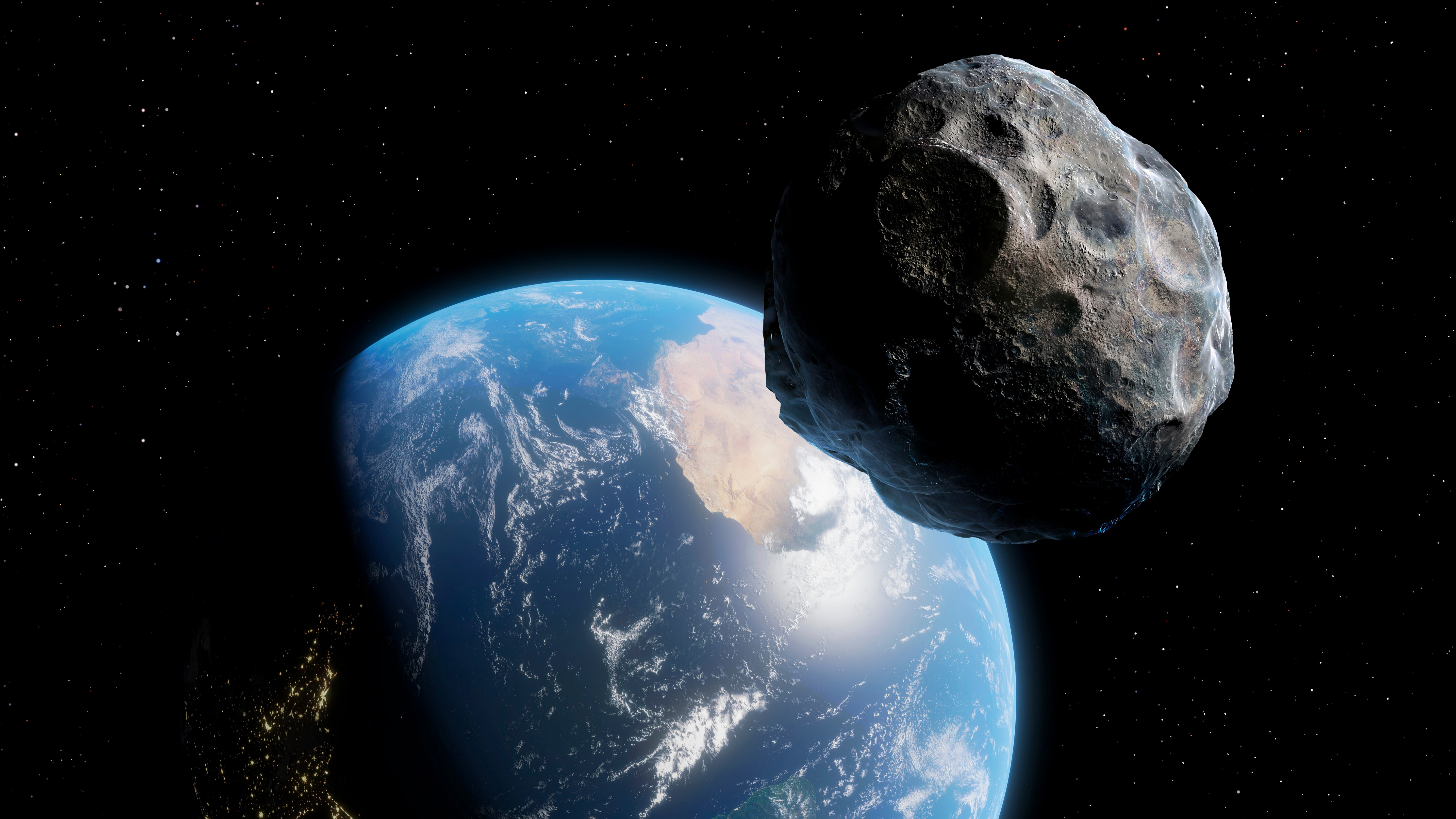
 Space
Space
 NewsBytes
NewsBytes
 Phys.org
Phys.org
 Universe Today
Universe Today
Juno Mission Reveals Io's Volcanic Activity and Jupiter's Cyclones Dynamics
NASA's Juno mission uncovers new details about Jupiter's atmosphere, including cyclone behavior at the north pole and subsurface magma flows on Io. The probe's instruments captured data on volcanic eruptions and atmospheric temperatures, enhancing understanding of heat transfer and planetary dynamics. Juno's ongoing observations provide valuable insights into Jupiter and Io.
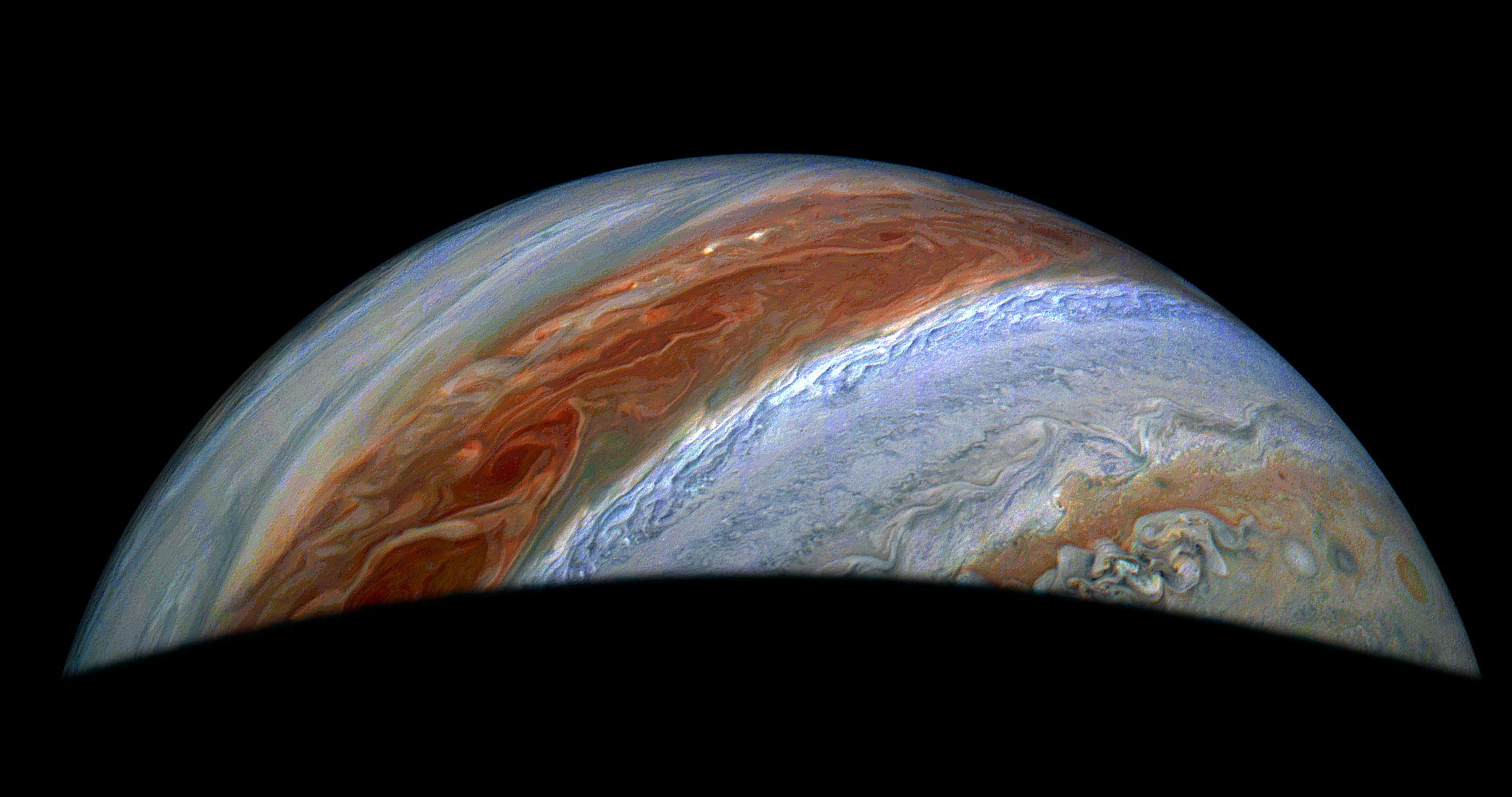
 SciTechDaily
SciTechDaily
 NASA Jet Propulsion Laboratory (JPL) (.gov)
NASA Jet Propulsion Laboratory (JPL) (.gov)
 Space
Space
 NASASpaceFlight.com -
NASASpaceFlight.com -
